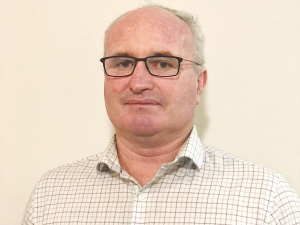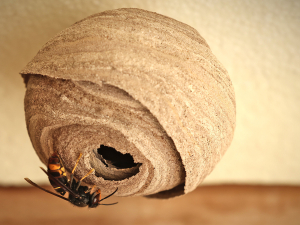With spring fertiliser season underway, more dairy farmers are anticipated to turn to self-spreading to help keep costs down, according to Precision Farming head of sales, Aaron Wilson.
Wilson (51) has farmed all his life and now owns a 900ha self-contained dairy operation in Northern Southland. He knows firsthand the challenges facing dairy farmers.
"We're all trying to do more with less right now to protect our bottom line, not just for the immediate future, but for the long term. We all know the decisions we make this season will have implications for the next," he says.
"We expect more dairy farmers to be self-spreading this spring, and I anticipate that application volumes will be down. If that's the case, what they do put on needs to be done well to maximise returns and minimise wastage."
Wilson says there are a few key things dairy farmers can do to ensure they get the best value for their efforts if they are self-spreading.
"Timing is the key to farming, and that applies to self-spreading too. Monitor the timing of your applications and do what suits your unique farm system.
"Being just four or five days ahead of livestock can make a significant difference in ensuring optimal results. As always, weather conditions will play a crucial role."
Precision will be more important than ever when applying fertiliser this spring. Aaron advises farmers to use GPS guidance to ensure consistent and precise spreading, reducing wastage and optimising coverage.
"Even if you can make a 5-10% saving just by applying your fertiliser more accurately, why wouldn't you? Overlaps and underlaps can make a difference. There is also the opportunity cost from spending time in the paddock but not optimising fertiliser placement to grow grass properly and wasting it."
Wilson says using any GPS guidance to help with self-spreading will improve accuracy of application and help get more consistent placement.
"This will be important too if you have different members of your team self-spreading with different abilities. For farmers who don't already have a GPS system in their tractor, there are some great free apps available, which can save time and money."
Wilson encourage farmers to spend time calibrating their spreading equipment.
"Even with older spreaders, you can use a simple method of calibration by measuring output over a specific distance. This will help fine-tune the spreading process for better results," he says.
"Check your spreader and make sure that it's actually fit for purpose before you head out into the paddock. You can easily and cheaply calibrate the application speed by getting an ice cream container and driving the spreaer along and see what flows out the belt. Weigh it and then you can extrapolate out the volume to calculate your application rate."
Wilson says minimising the handling of fertiliser will help maintain its quality and ballistic performance. Crushed or deteriorated fertiliser may not spread evenly, leading to inconsistent results.
"Ideally, you don't want to handle the product too much, especially Urea. It will deteriorate and won't spread so well if it's been crushed a lot by driving around on a loader.
"And if you're going to do maintenance mixes or phosphate mixes, then you definitely want to make sure you select a brew that isn't going to deteriorate if it's sitting around for a few days waiting for you to spread it."
Data Management
Keeping accurate records of fertiliser applications is crucial, not just for compliance purposes but also for informed decision-making to maximise your investment.
Aaron suggests leveraging GPS systems for record-keeping and integrating these records into digial platforms for easy accessibility and analyis.
"Traditionally, we've all used notebooks we keep in our pockets or a hard copy of a map at the cow shed," says Aaron Wilson.
"Having this proof of application data in digital form will make N-cap reporting easier because it's easily transferrable. It also saves time manually re-entering data and prevents it from getting lost or destroyed. If your map goes through the wash or falls into a trough, then what do you do?"
And if farmers already have a GPS guidance and tracking system in their tractor, Aaron encourages them to get it connected to their fertiliser co-op.
"A record of what you put where will automatically be sent back to your co-op. It will make life easier for N-Cap and when it comes to developing your Freshwater Farm Plan, which all farmers need to have in place by 2025."


















